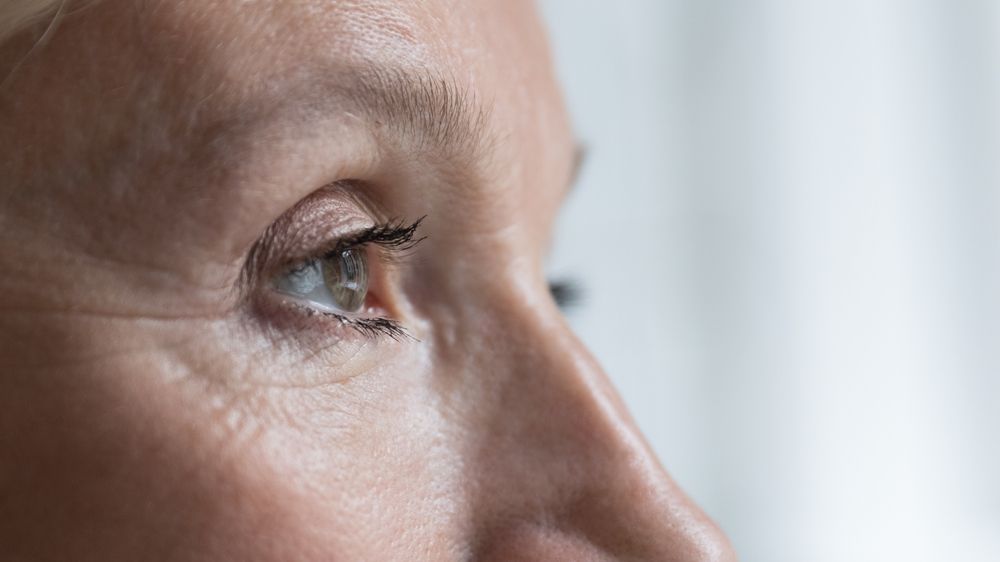Exposure to ultraviolet (UV) radiation is not only harmful to the skin but also poses significant risks to the eyes. Prolonged UV exposure can accelerate the development of cataracts and contribute to other vision-related issues. At Colorado Eye Clinic in Greenwood Village, Dr. Abed Namavari, an experienced ophthalmologist, provides expert advice on protecting your eyes and preserving long-term vision health.
Understanding the Effects of UV Radiation on the Eyes
UV radiation is a type of electromagnetic energy from the sun, divided into three categories: UVA, UVB, and UVC. While UVC is mostly absorbed by the atmosphere, UVA and UVB rays reach the Earth’s surface and can penetrate the eyes, causing damage over time.
Common Eye Conditions Linked to UV Exposure:
- Cataracts:
UV radiation accelerates the clouding of the natural lens, leading to blurry vision, glare sensitivity, and difficulty with night vision. - Macular Degeneration:
Prolonged UV exposure can contribute to damage in the retina, increasing the risk of age-related macular degeneration (AMD). - Pterygium:
A growth on the conjunctiva that may extend to the cornea, pterygium is associated with chronic UV exposure. - Photokeratitis:
A painful condition resembling a sunburn on the cornea, photokeratitis results from intense UV exposure over a short period. - Skin Cancer Around the Eyes:
UV radiation increases the risk of basal cell carcinoma and squamous cell carcinoma on the delicate skin around the eyes.
Cataracts and UV Protection
Cataracts, one of the most common vision problems associated with aging, are significantly influenced by UV exposure. The natural lens absorbs UV radiation, which can cause oxidative stress and protein changes, leading to lens opacity.
Preventive Measures for Cataracts:
- Wearing UV-blocking sunglasses to reduce exposure.
- Using a wide-brimmed hat for additional sun protection.
- Discussing advanced intraocular lens (IOL) options with your eye specialist during cataract surgery.
How to Protect Your Eyes from UV Radiation
- Choose UV-Blocking Sunglasses:
Look for sunglasses labeled as providing 100% UVA and UVB protection. Wraparound styles are especially effective in shielding the eyes from peripheral UV rays. - Wear a Wide-Brimmed Hat:
Pairing sunglasses with a hat reduces UV exposure by up to 50%, offering extra protection for the eyes and surrounding skin. - Opt for Photochromic Lenses:
Photochromic lenses automatically adjust to light conditions, darkening in sunlight and providing consistent UV protection. - Use Protective Eyewear:
For outdoor activities like skiing, hiking, or water sports, wear goggles or glasses designed to block UV rays. - Avoid Peak UV Hours:
UV radiation is strongest between 10 a.m. and 4 p.m. Limiting outdoor activities during these hours can reduce exposure.
Specialty Options for Eye Protection
At Colorado Eye Clinic, Dr. Namavari offers advanced solutions for patients with specific eye conditions:
- UV-Filtering Intraocular Lenses (IOLs):
During cataract surgery, UV-filtering IOLs can be implanted to protect the retina and prevent further UV-related damage. - Prescription Sunglasses:
Tailored to your visual needs, prescription sunglasses combine UV protection with clear, sharp vision.
Recognizing Symptoms of UV-Related Eye Damage
It’s important to monitor your eyes for signs of UV-related damage. Symptoms to watch for include:
- Persistent redness or irritation
- Blurred vision or glare sensitivity
- Growths on the eye’s surface
- Discomfort or pain after sun exposure
If you experience any of these symptoms, consult an eye specialist like Dr. Namavari for a comprehensive evaluation.
The Role of Regular Eye Exams
Regular eye exams play a crucial role in detecting and managing UV-related eye conditions. During an exam, your ophthalmologist can:
- Assess the overall health of your eyes.
- Identify early signs of cataracts or other conditions.
- Provide personalized recommendations for UV protection.
For residents of Greenwood Village, Centennial, and Southglenn, Colorado Eye Clinic offers state-of-the-art diagnostic tools and a patient-focused approach to ensure your vision stays clear and healthy.
Frequently Asked Questions
- Can UV damage be reversed?
While some effects of UV exposure, like early cataracts, can be managed through cataract surgery, prevention is the best strategy for long-term eye health. - Do all sunglasses provide UV protection?
Not all sunglasses block UV rays. Ensure your sunglasses are labeled as offering 100% UVA and UVB protection. - Are prescription glasses enough to protect against UV radiation?
Standard prescription glasses may not provide UV protection. Ask your eye specialist about adding UV-blocking coatings or transitioning to prescription sunglasses. - Can cloudy weather still cause UV-related damage?
Yes, UV rays can penetrate clouds, making it essential to wear UV protection even on overcast days. - How often should I have my eyes checked for UV-related conditions?
Adults should schedule a comprehensive eye exam every 1-2 years, or more frequently if they have existing eye conditions or high UV exposure.
Why Choose Colorado Eye Clinic?
At Colorado Eye Clinic, Dr. Abed Namavari is dedicated to helping patients protect and preserve their vision. Serving Greenwood Village, Centennial, and Southglenn, the clinic offers expert guidance on UV protection, cataract care, and advanced solutions tailored to each patient’s needs.
Whether you’re concerned about UV exposure or managing existing eye conditions, trust Colorado Eye Clinic to provide personalized care and cutting-edge treatment options.
Sources:
- Sliney, D. H., & Wangemann, R. T. (2017). The Effects of UV Radiation on the Eye. Journal of Photochemistry and Photobiology.
- Taylor, H. R., & West, S. K. (2016). UV Radiation and Cataracts: Prevention Strategies. Ophthalmic Epidemiology.
- Cummings, R. J., & Nash, W. T. (2018). Advances in UV Protection for Eye Health. Clinical Ophthalmology.

